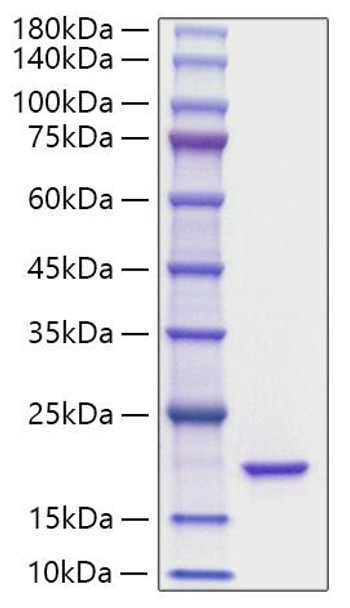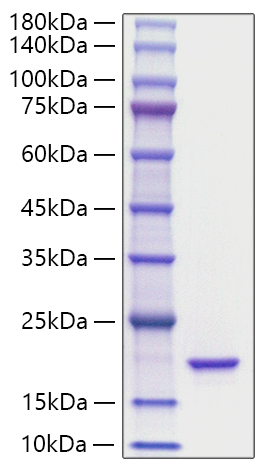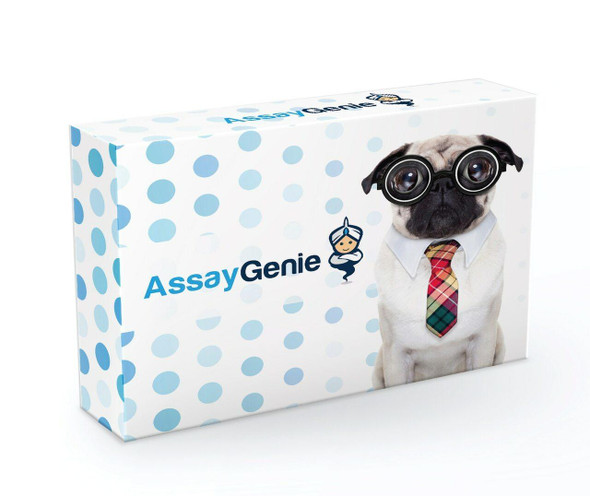Interleukin-1 family member 5 (IL-1F5), also known as interleukin 36 receptor antagonist (IL36RA), is a member of the interleukin 1 cytokine family. This cytokine was shown to specifically inhibit the activation of NF-kappaB induced by interleukin 1 family, member 6 (IL1F6). IL-1F5 is a highly and specific antagonist of the IL-1 receptor-related protein 2-mediated response to interleukin 1 family member 9 (IL1F9). IL-1F5 could constitute part of an independent signaling system analogous to interleukin-1 alpha (IL-1A), beta (IL-1B) receptor agonist, and interleukin-1 receptor type I (IL-1R1), which is present in epithelial barriers and takes part in the local inflammatory response. It has been proved that IL-1F5 induces IL-4 mRNA and protein expression in glia in vitro and enhances hippocampal expression of IL-4 following intracerebroventricular injection. The inhibitory effect of IL-1F5 on LPS-induced IL-1β is attenuated in cells from IL-4-defective mice. Experiment results suggest that IL-1F5 mediates anti-inflammatory effects through its ability to induce IL-4 production and that this is a consequence of its interaction with the orphan receptor, single Ig IL-1R-related molecule (SIGIRR)/TIR8, as the effects were not observed in SIGIRR-/- mice. In contrast to its effects in brain tissue, IL-1F5 did not attenuate LPS-induced changes, or up-regulated IL-4 in macrophages or dendritic cells, suggesting that the effect is confined to the brain.







